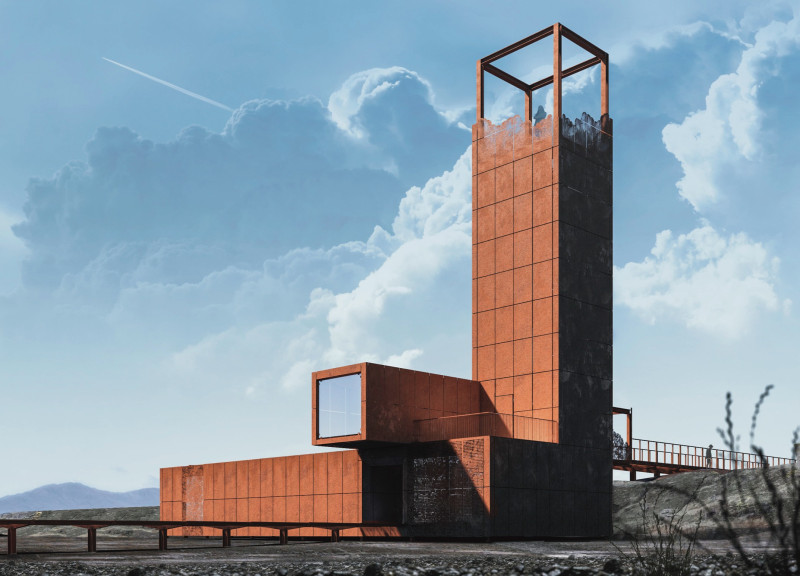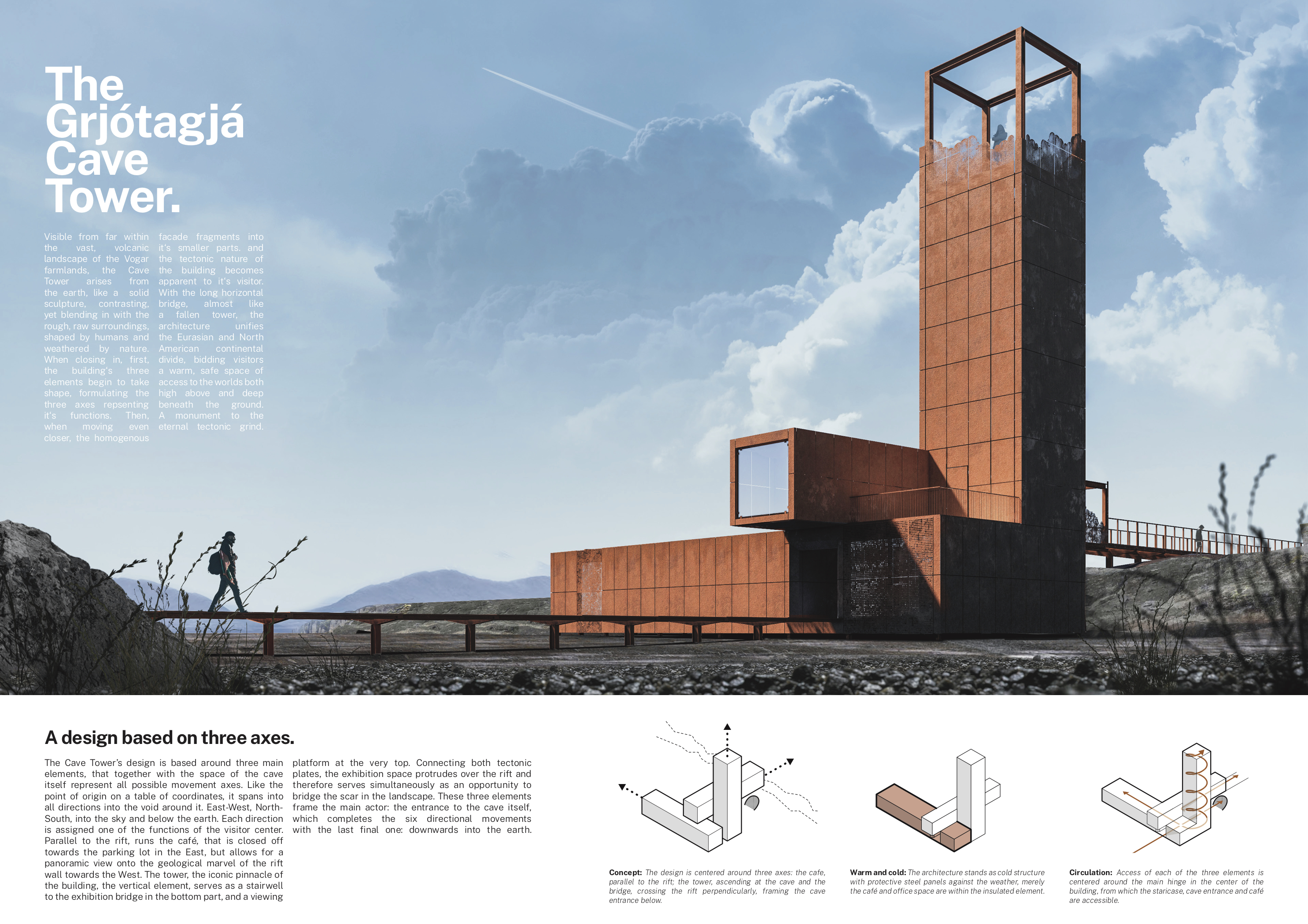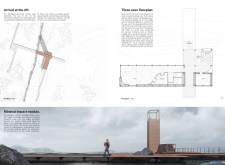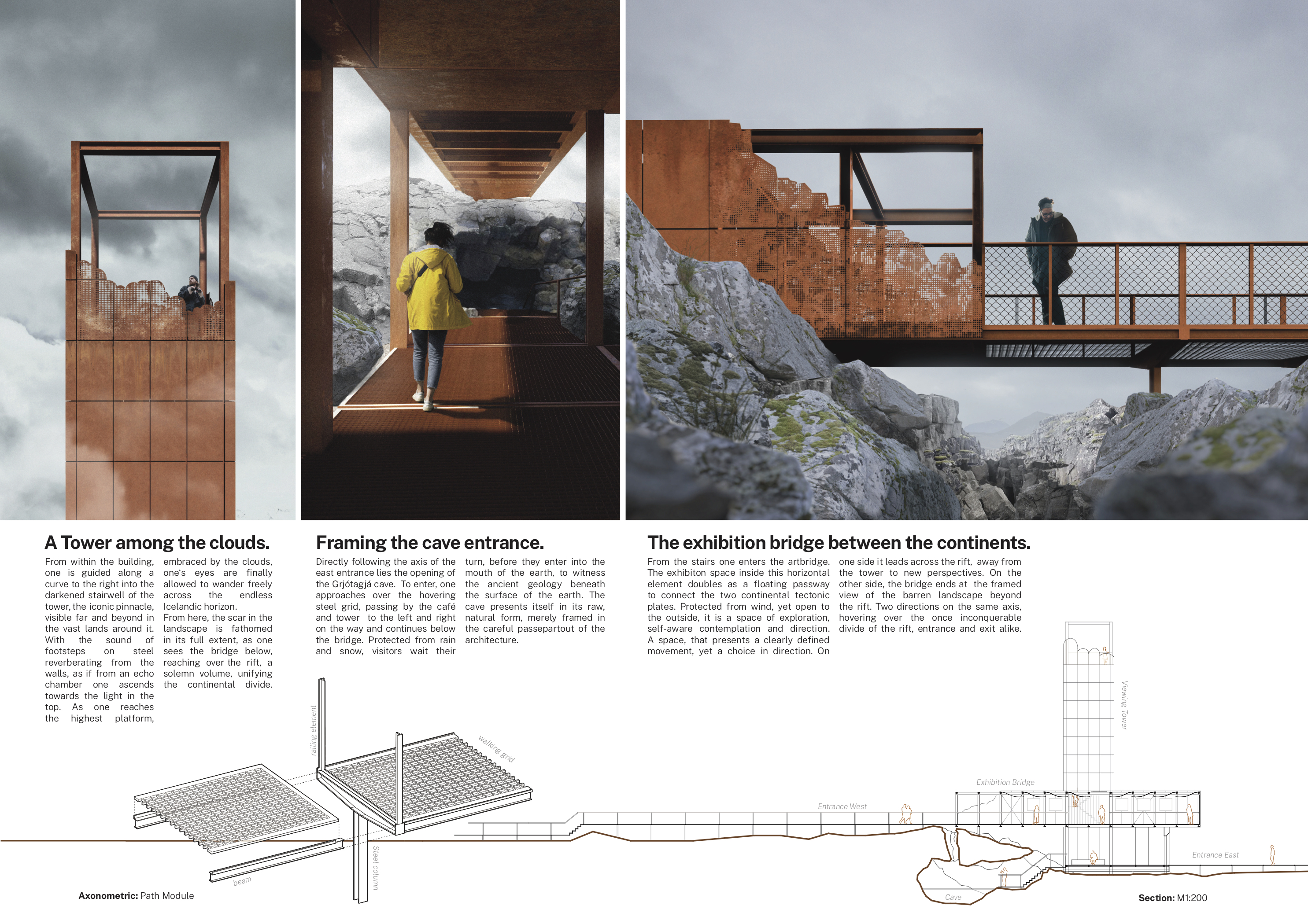5 key facts about this project
The architectural project under review demonstrates a strategic approach to design, effectively merging functionality with the surrounding environment. Situated in [insert geographical location], the project prioritizes user experience while responding to local context. The design emphasizes both aesthetic appeal and practical use, creating a space that serves its intended function while enhancing its surroundings.
One of the primary functions of the project is [insert specific function, e.g., residential, commercial, educational], catering to the needs of its users. The project's layout is organized to facilitate [explain primary activities or interactions that occur within the space]. Designed with flexibility in mind, the architecture accommodates varying uses and promotes engagement among occupants.
The building features multiple distinct areas, including [describe key areas such as communal spaces, private quarters, workspaces, etc.]. Each section is purposefully designed to optimize flow and interaction, utilizing an open-plan structure complemented by defined zones that offer both privacy and collaboration. The incorporation of natural light is a significant aspect, achieved through strategic window placements and open spaces that enhance the overall atmosphere.
The use of materials in this project distinguishes it significantly from other designs. The combination of reinforced concrete, glass, wood, steel, and brick creates a cohesive yet contrasting aesthetic. Reinforced concrete provides structural integrity, while glass allows for abundant natural light and visual connection to the outdoors. Wood is integrated into the design to add warmth and texture, while steel supports elements such as cantilevers and frames. The brick façade not only pays homage to local architectural traditions but also serves a functional purpose in insulation and weather resistance.
An essential characteristic of this project lies in its sustainable design approaches. The building features a green roof, rainwater harvesting system, and energy-efficient systems that reduce environmental impact. These elements reflect a comprehensive understanding of sustainability in contemporary architecture, positioning the project as a model for future developments.
The blending of outdoor and indoor spaces is another noteworthy approach. The architectural design incorporates landscaped areas and terraces that promote interaction with nature and the community. This seamless transition fosters a sense of place and encourages outdoor activities, enhancing the overall experience for users.
For readers seeking to gain further insights into the architectural strategies employed in this project, it is encouraged to explore the architectural plans, sections, designs, and ideas showcased in the project presentation. An in-depth look at these elements will provide a clearer understanding of the innovative approaches that define this work.






















































